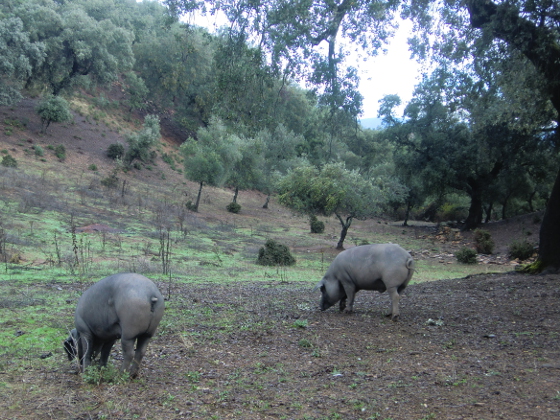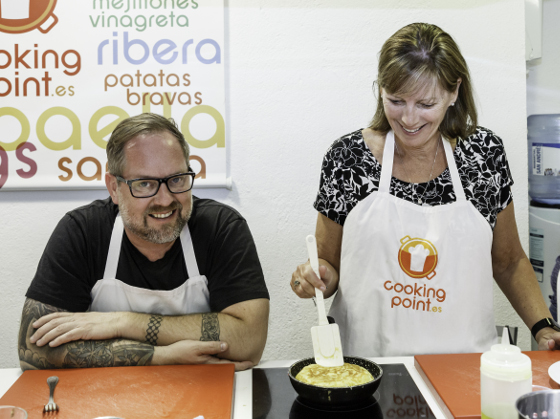In May we celebrate two festivals, Community’s Day on May 2nd and San Isidro (Saint Isidore), patron saint of Madrid city, on May 15th. Both are bank holidays and, depending on the day of the week, make a long weekend that many Madridians use to go on holidays.
San Isidro’s week is full of events, shows, and a wide range of activities for all ages, in a number of landmarks in Madrid city geography. For more info, check out the City of Madrid’s official site.
However, the most remarkable difference is that we eat them cold, at room temperature, much better the next day they are made. Regarding the time of the day, almost any moment is suitable for eating torrijas, not only for breakfast. As a matter of fact, they are considered a dessert in many houses and restaurants.
To enjoy the traditional sweets made for this festival, we invite you to peek in the many patisseries and bakeries in Madrid or, much better, make your way to the San Isidro Park, where Madridians gather to enjoy rosquillas y limonada (doughnuts and lemonade) laying down on the grass, enjoying the good weather, food, and entertainment of this festival. Also known as Pradera de San Isidro (San Isidro’s meadow) it is a big park where a fairground is put up with food stands, attractions, and a big stage for live shows.
There are three traditional types of these doughnuts, all with the same base dough of flour, water, eggs, olive oil, and baking powder. Thesis baked in the oven and topped with different icings:
A word of caution, this lemonade is alcoholic! For the same purpose of sangria, this wine cooler is traditionally made only for the festivals in Madrid.
It is made with white wine, lemon, golden delicious apple, sugar, cinnamon, lemon juice and water. The fruit is macerated in wine for a number of hours. Water and ice cubes are added before serving.
When it comes to street food, you will see many stands serving a varied set of pork cuts and sausages like chorizo, blood sausage, fresh bacon, skewers… all of them grilled at the back of the stand. This is something easy to find all over Spain festivals.
To round the no-so-healthy menu, you should not miss trying a deep-fried meat that divides Madridians into two parties, the ones in favor and the ones that can’t stand them. However, they both agree on something: the unbearable smell they produce as they are fried.
I am talking about the gallinejas and entresijos, which consist of lamb small intestine (gallinejas) and the tissue part of the peritoneum attached to them (entresijos), all of them deep fried and huge pans of stinky, dusty oil. Nowadays they come solely from suckling lambs, but in the past, they referred to any organ meat from poultry or sheep.
I believe most Spaniards would agree with me that for many of us, especially of a certain age, the words “street food” are associated to memories of food stands in fairs offering tasty, yummy yet greasy, unhealthy bites during endless nights having fun in Summer festivals across Spain. I hope you enjoy taking part in our local street food view, either in Madrid festivals or elsewhere in Spain.
What makes so special the Iberico Ham? This particular breed, only found in Spain has unexpected benefits for your health
All you should know about the potato omelet: recipe, customs, best places to eat in Madrid.
Like the French toast and pain perdu, this dessert is rooted in the Spanish history and linked to Easter holidays. Find here the authentic torrija recipe, from my mum.




